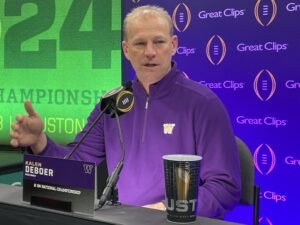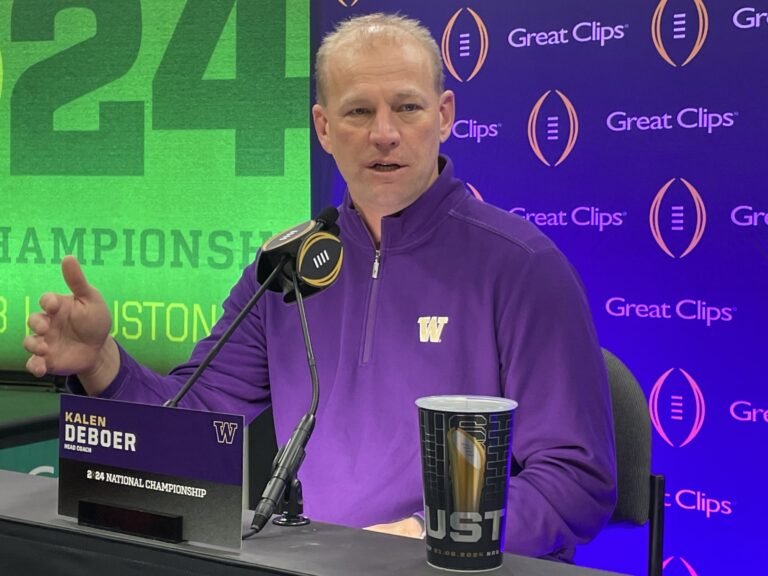Alabama Crimson Tide head coach is currently under significant pressure following back-to-back seasons that have failed to meet the program’s lofty standards. For a team with a storied tradition of dominance in the Southeastern Conference (SEC) and on the national stage, the recent performances have been nothing short of disappointing. This is particularly concerning given that the team’s first year in the new SEC structure did not live up to expectations, raising questions about whether the program can adapt and maintain its place among college football’s elite. Fans, boosters, and analysts are closely monitoring the situation, and the coach’s every decision is being dissected for signs of either resurgence or further decline.

What makes the scrutiny even more intense is that the school recently showed a massive vote of confidence by awarding the coach a six-year, $51 million contract extension. This move was intended to provide stability and signal long-term belief in his vision for the team. However, when such financial commitment is paired with disappointing results, the gap between expectations and reality becomes glaring. Critics argue that the investment should already be yielding noticeable improvements, especially in recruitment, player development, and game-day performance.
In an effort to bolster the program, the coach brought in former NFL executive Jim Nagy, a respected figure with deep ties to the scouting and talent evaluation world. Nagy’s presence was meant to enhance recruitment strategy, sharpen player scouting, and instill a professional edge in the team’s operations. While the hire generated optimism at first, the benefits have yet to fully materialize on the field. The question remains whether Nagy’s expertise can translate quickly enough to save the current coaching regime from further backlash.

The SEC is an unforgiving battleground, where a single lackluster season can put a coach on the hot seat. In Alabama’s case, the pressure is magnified by the legacy of past championship-winning coaches who set the bar almost impossibly high. The recent underperformance has led some to wonder if the current head coach has the tactical adaptability and motivational skills to restore the program’s dominance. Every upcoming matchup in the SEC will serve as both a test and a referendum on his leadership.
Fan sentiment is also shifting, with sections of the Crimson Tide faithful growing impatient. Ticket sales and donor contributions, while still strong, could begin to feel the ripple effects if results don’t improve. The university’s athletic department must balance loyalty to the current coaching staff with the pragmatic reality that college football success is often measured in wins, rankings, and championships—not promises and potential. The longer the slump continues, the harder it will be to convince stakeholders that the team is on the right trajectory.

Ultimately, the Alabama head coach’s future hinges on how quickly he can turn things around. With a high-profile staff addition, a lucrative long-term contract, and the weight of one of college football’s most demanding fanbases on his shoulders, the margin for error is razor-thin. The coming season may very well determine whether his tenure becomes a story of redemption and resurgence—or a cautionary tale about high expectations unmet.
